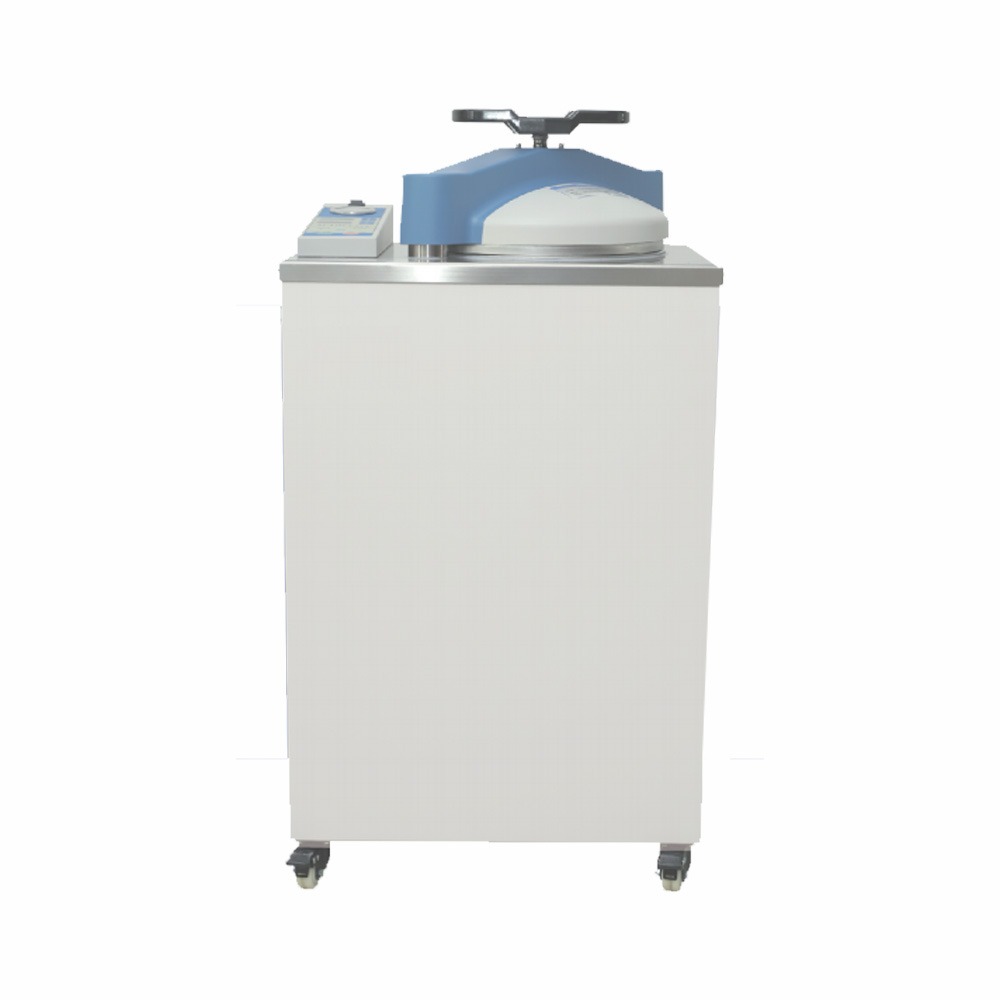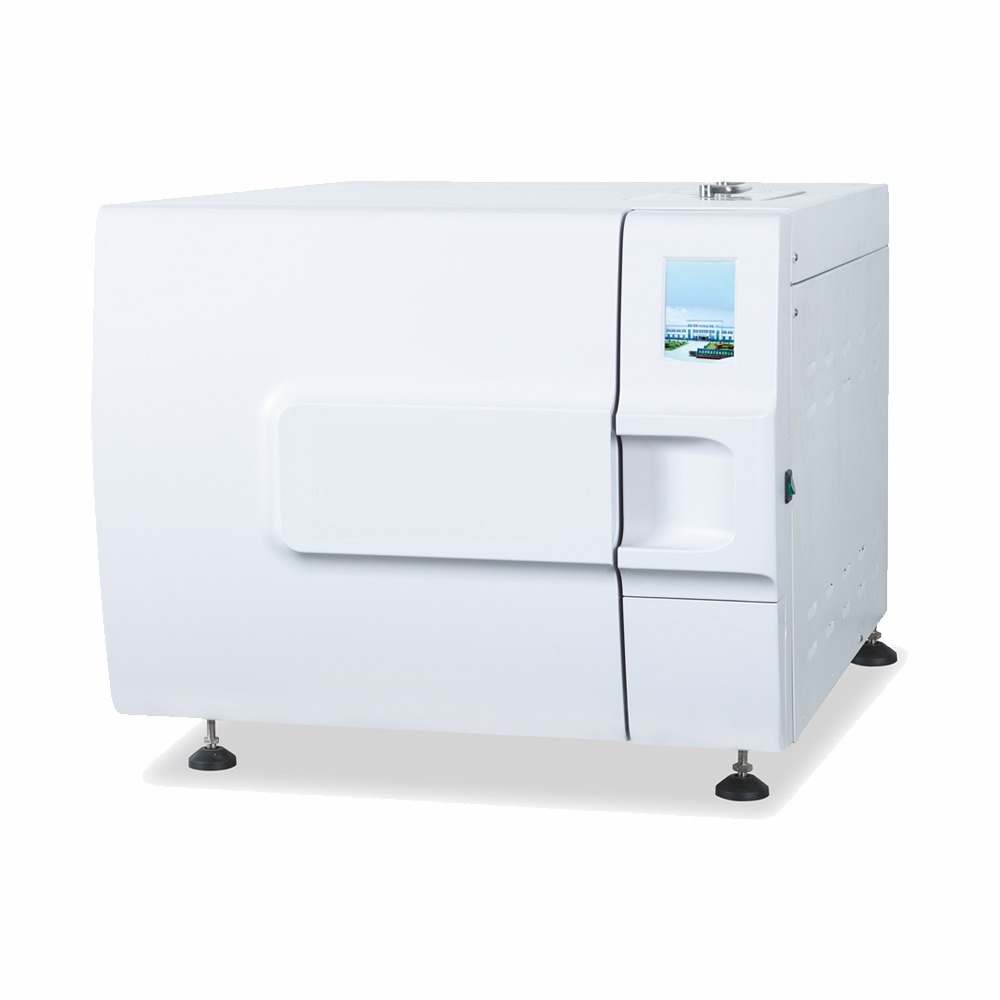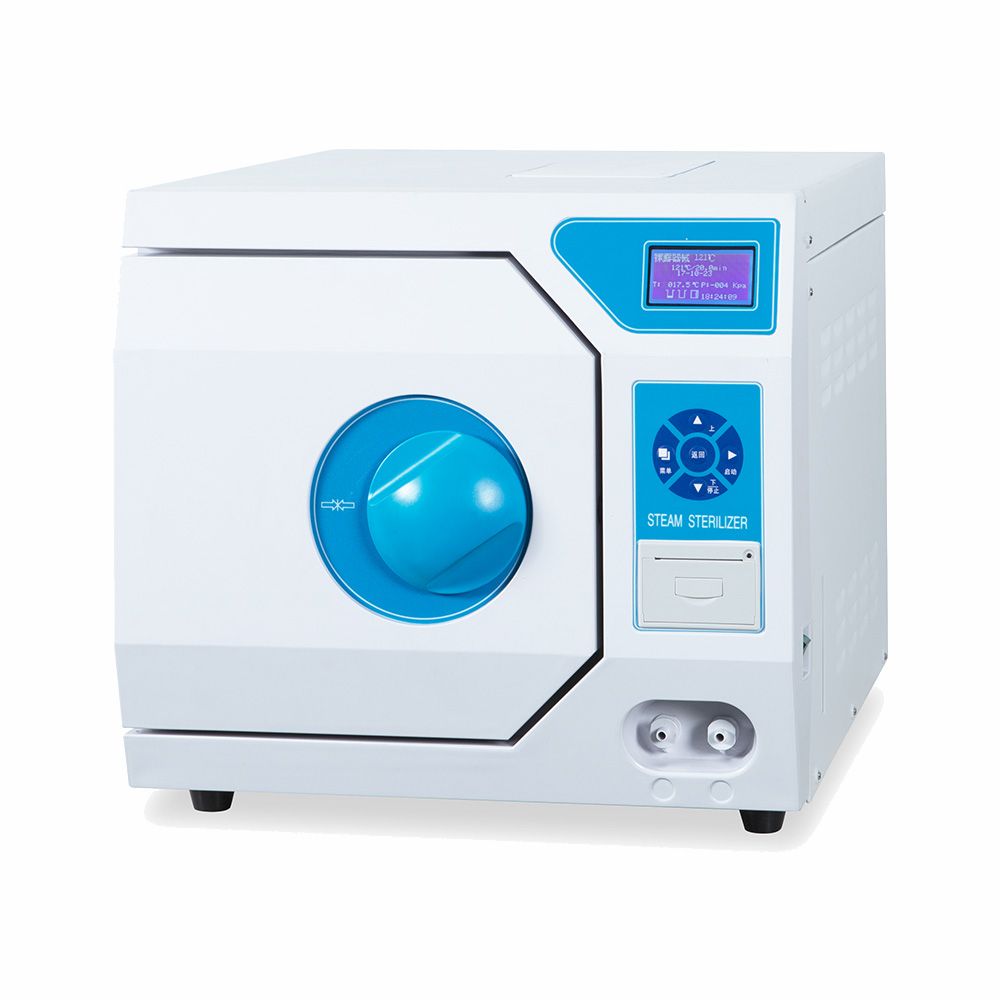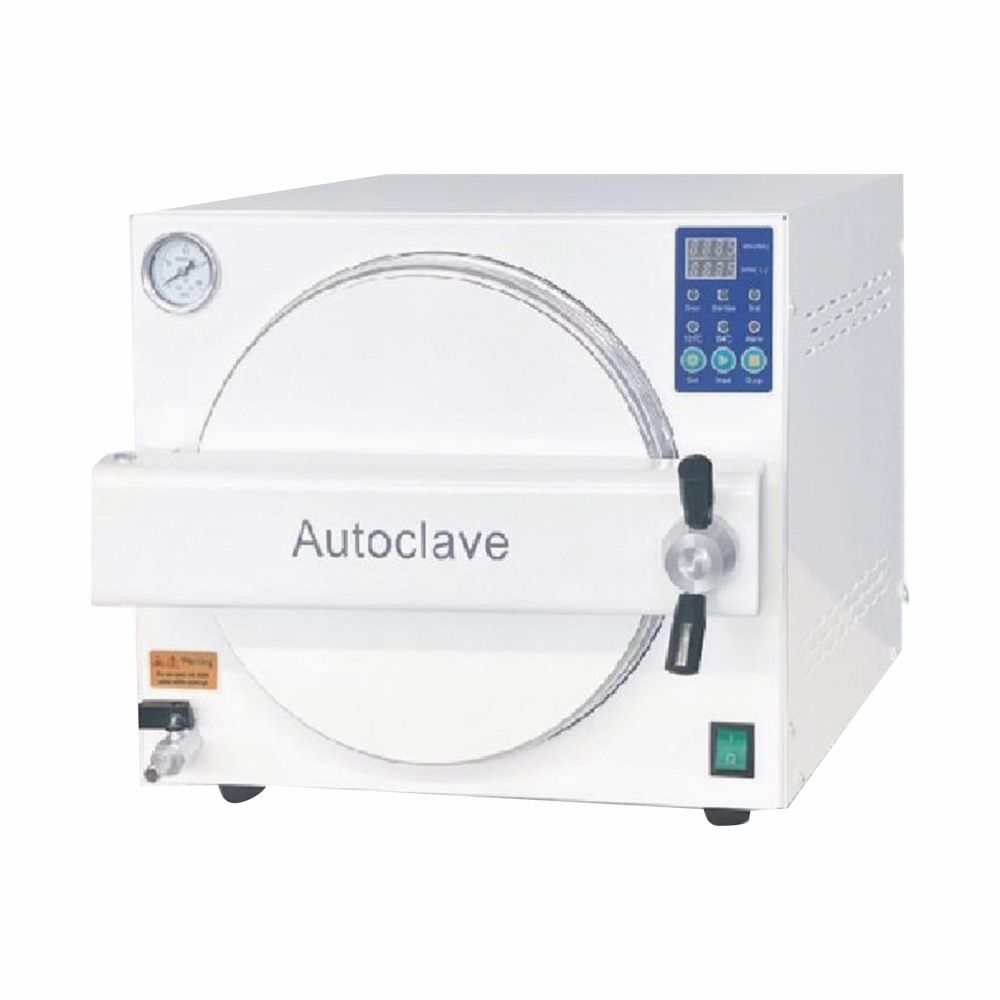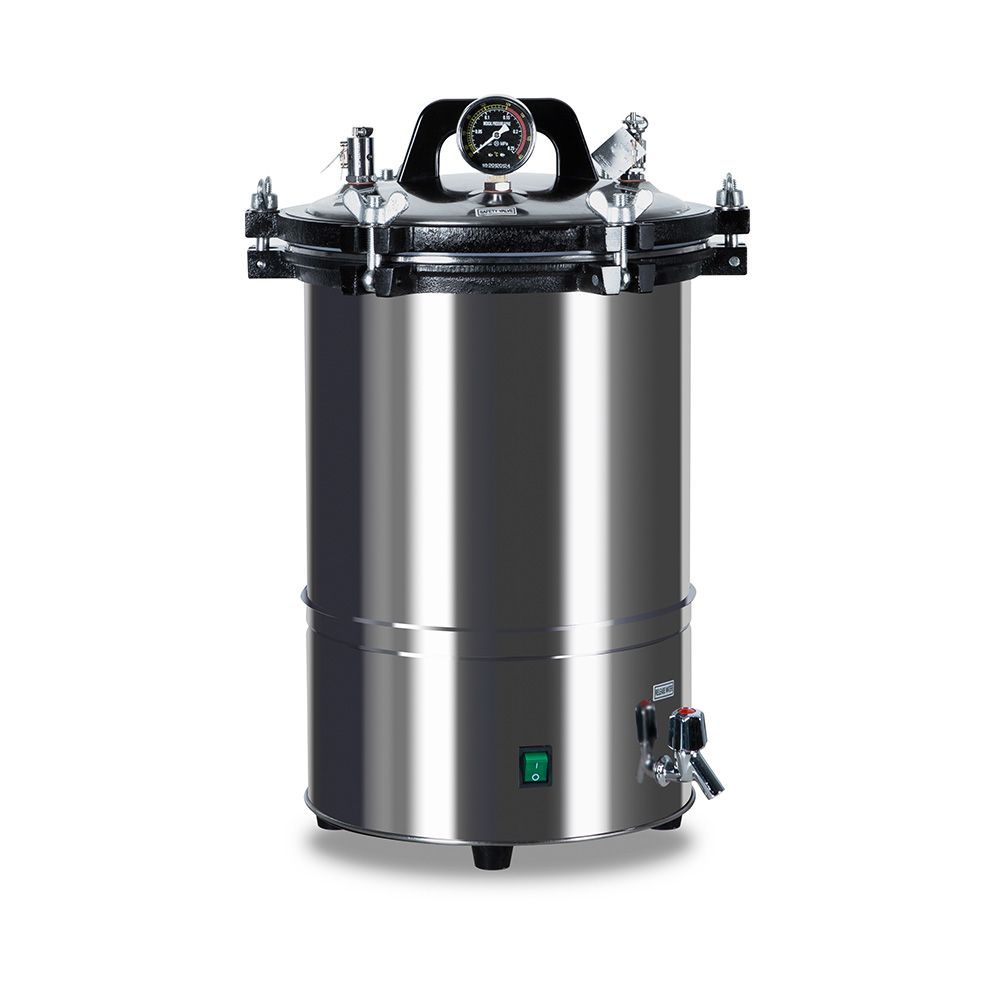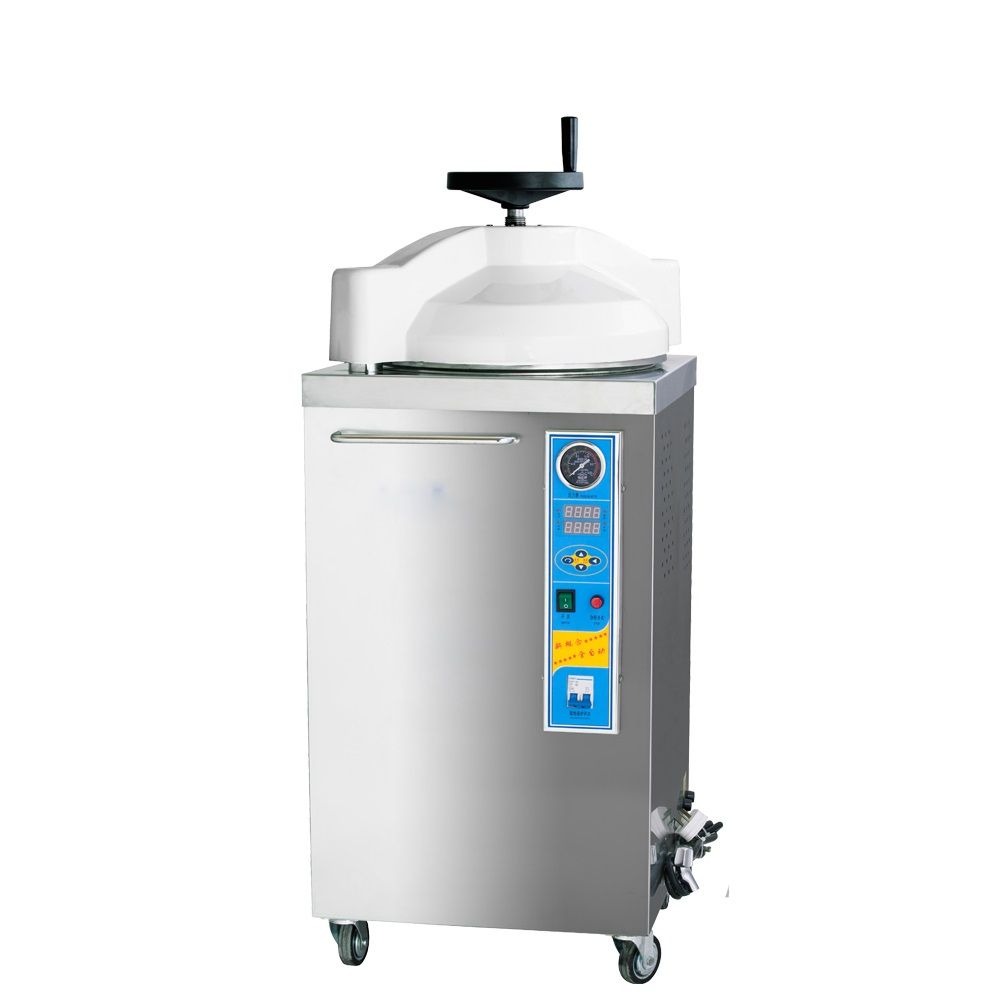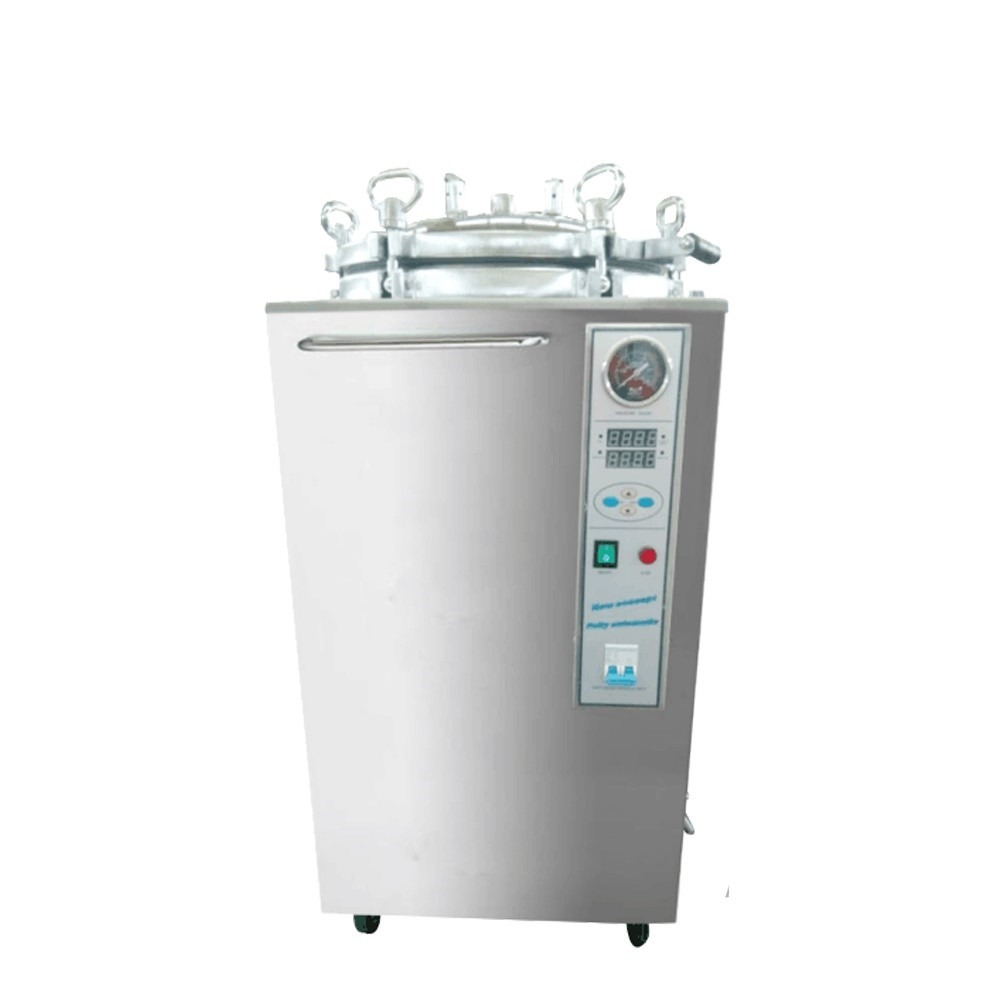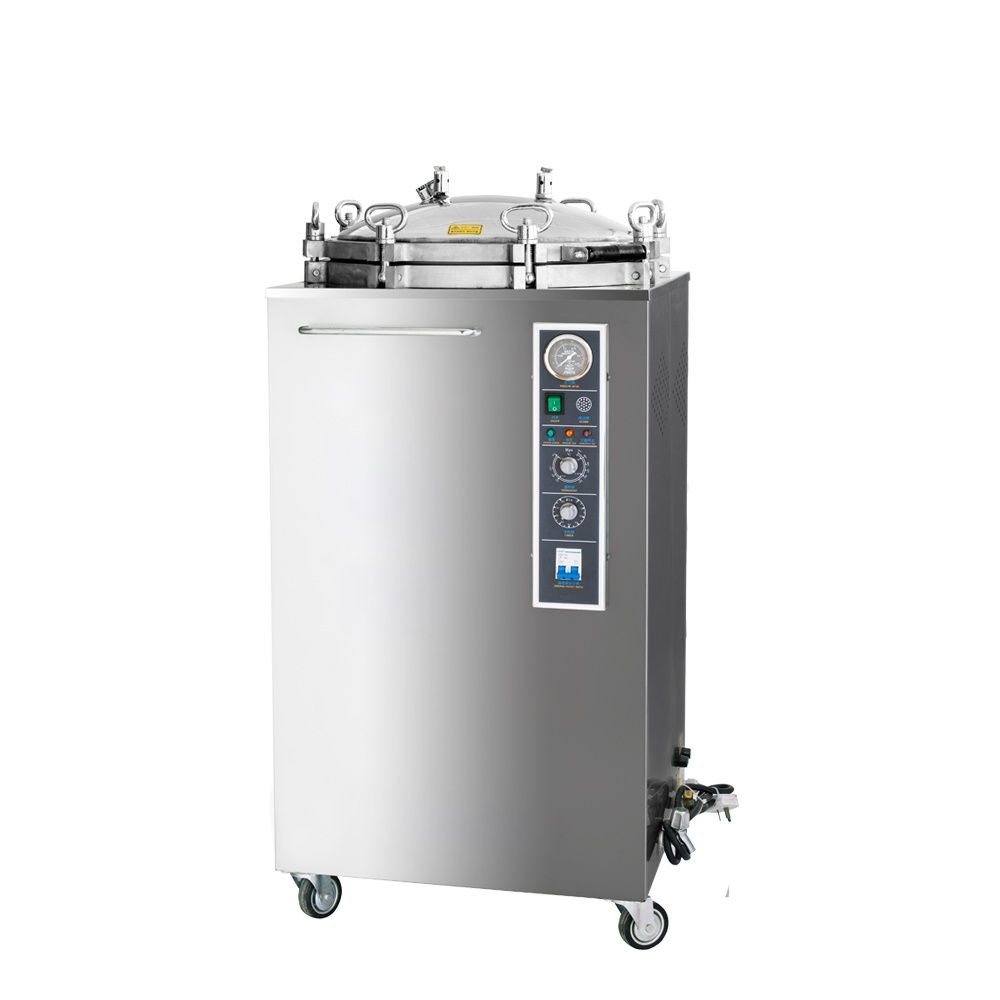Autoclaves are crucial machines in a variety of industries where sterilization is critical, such as healthcare, laboratories, and manufacturing. High-pressure steam is used in these devices to kill bacteria, viruses, fungi, and other microbes, ensuring the safety and integrity of equipment, instruments, and materials. However, running an autoclave necessitates meticulous attention to detail in order to obtain best sterilizing outcomes. In this article, we will explore the topic of how to use an autoclave effectively and safely, providing you a detailed guide on how to operate an autoclave.
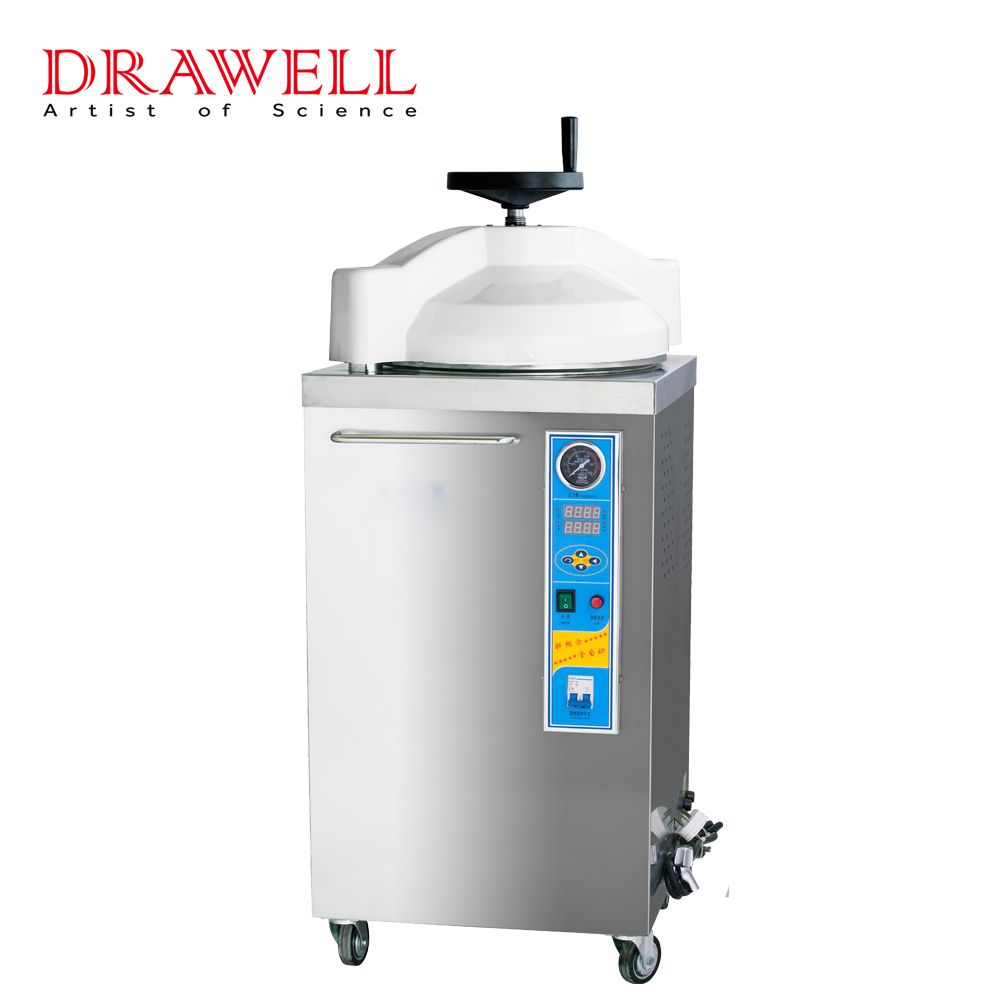
Familiarize Yourself With Components for Effectively Using An Autoclave
Before using an autoclave, it is critical to become acquainted with its components and comprehend their purposes. An autoclave’s primary components are as follows:
1.Chamber: This is the principal region where the sterilizable items are stored.
2.Steam generator: This device generates steam that fills the autoclave chamber.
3.Pressure and temperature controls: These allow you to fine-tune the sterilizing conditions.
4.Safety features: To prevent mishaps, autoclaves are equipped with safety systems such as pressure relief valves and interlocks.
Prepare Work and Load the Materials for Effectively Using An Autoclave
Cleaning the Autoclave
a.Make sure the autoclave chamber is clean and clear of debris and residual sterilizing agents from prior cycles.
b.Clean the chamber, trays, and racks with the manufacturer’s suggested cleaning agents or disinfectants.
c.Rinse thoroughly to remove any residue, and wipe dry with a clean, lint-free cloth.
Checking Water Level
a.Check the autoclave’s water level and fill it according to the manufacturer’s instructions. Water is required for autoclaves to produce steam for sterilizing.
b.If the manufacturer specifies, use distilled or deionized water.
c. Follow the instructions to fill the water reservoir or chamber to the correct level.
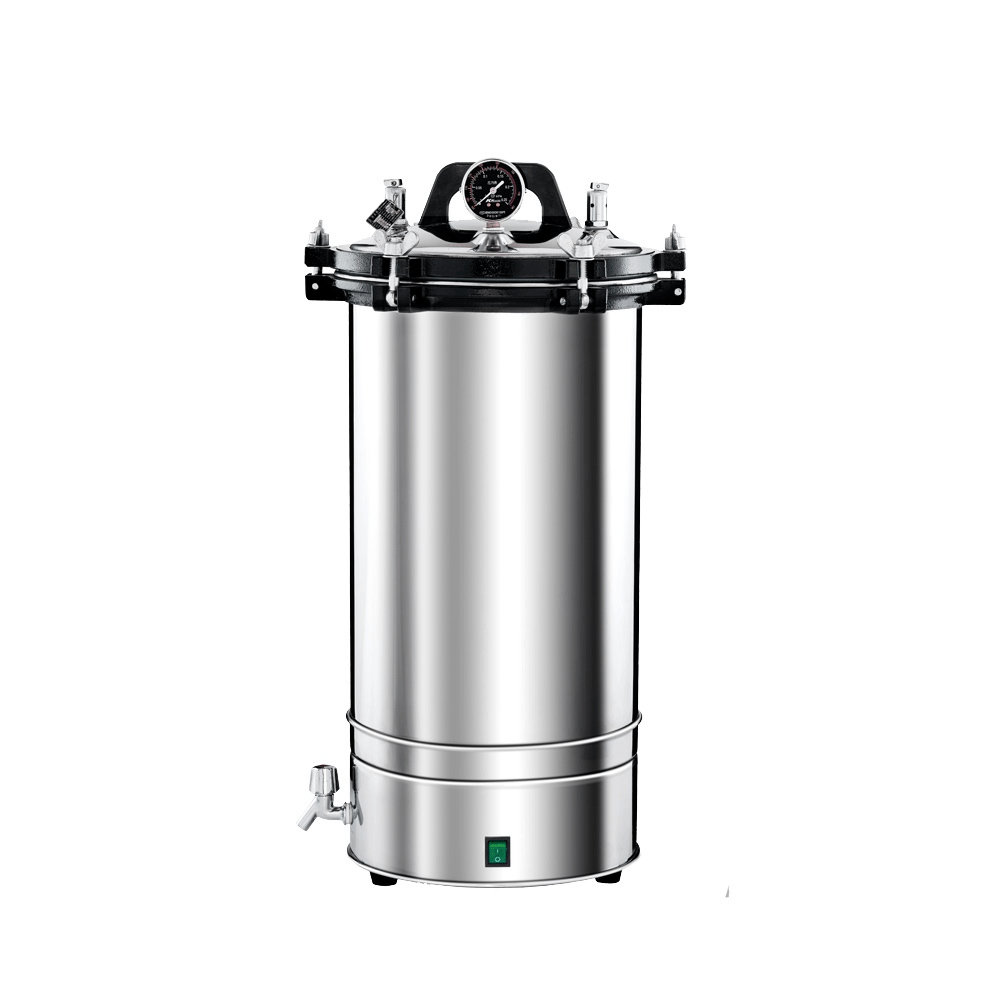
Preparing Materials for Sterilization
a.Collect the materials to be sterilized and confirm they are autoclave compatible. For compatibility information, refer to the manufacturer’s instructions or guidelines.
b.Use autoclave-safe containers or packaging, such as sterilizing pouches or wraps, to place the components. Make certain that the packaging is adequate for steam penetration.
c.Do not overfill the containers in order to allow proper steam circulation around the items. Allow some space between items to allow for effective sterilizing.
Placing Materials in the Autoclave Chamber
a. Carefully open the autoclave chamber door and place the prepared items inside.
b.Ensure that the materials are evenly distributed and that they are not unduly touching the chamber walls or each other. This facilitates uniform heat distribution and optimum steam circulation.
c.If utilizing the autoclave’s trays or racks, arrange the items on them while keeping adequate spacing and weight distribution in mind.
d.Securely close the autoclave chamber door, ensuring that the gaskets or seals are intact and in good condition.
Set the Sterilization Parameters for Effectively Using An Autoclave
Setting the correct sterilization parameters on the autoclave is critical for optimal material sterilization.
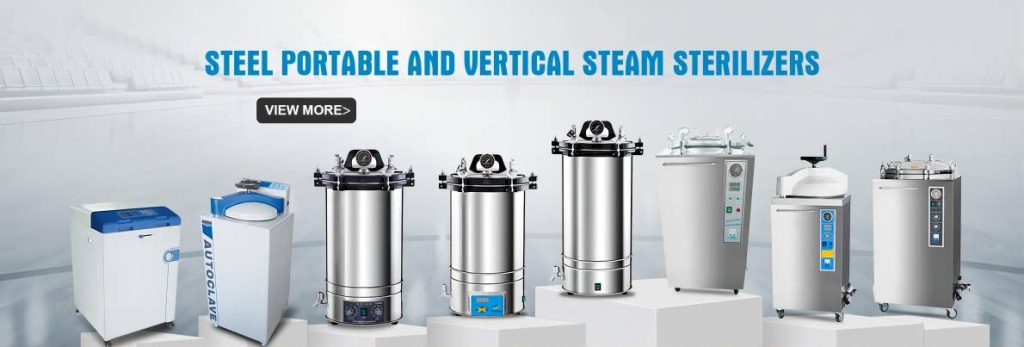
Consult Manufacturer’s Instructions:
a.For precise advice on sterilization parameters, consult the autoclave’s user manual or the guidelines of autoclave manufacturers.
b.Different autoclaves may have varying temperature, pressure, and time requirements based on their design and intended applications.
c.Pay attention to any specific instructions or limitations for the materials you are sterilizing.
Adjust Temperature and Pressure Settings:
a.On the autoclave control panel, locate the temperature and pressure settings.
b.Set the temperature according to the manufacturer’s or recommendations’ recommended value.
c.Adjust the pressure setting to the right level depending on your materials’ requirements.
d. Consider any regulatory or industry requirements pertaining to sterilization parameters.
Set Sterilization Time:
a.Determine the appropriate sterilization time based on the autoclave type, the items to be sterilized, and the level of sterilization needed.
b.The sterilizing duration should be long enough to allow the steam to enter the materials and achieve the targeted microorganism death rate.
c.For larger or more resistant materials, longer sterilization durations may be required.
d. Confirm that the sterilization time specified is within the autoclave’s functioning limits.
Additional Considerations:
a.Think about the materials being sterilized, such as whether they are heat-sensitive or require particular care.
b.Some autoclaves may have different cycles or settings for different materials or applications. Investigate any more choices and then follow the directions.
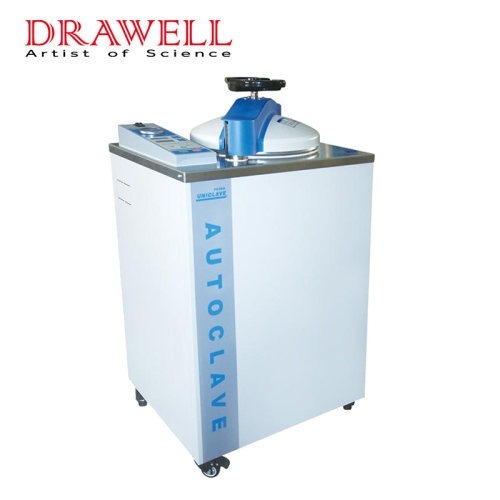
Start the Sterilization Cycle Correctly for Effectively Using An Autoclave
Once you’ve determined the proper sterilization parameters, it’s time to start the sterilization cycle:
1.Securely close the autoclave chamber, making that the gaskets or seals are intact and in good shape.
2.Confirm that the pressure relief valve is working properly and is not clogged.
3.Begin the sterilization cycle by following the autoclave manufacturer’s particular instructions. This is usually accomplished by pushing the “Start” or “Sterilize” button on the control panel.
4.Monitor the sterilization process closely to ensure it progresses smoothly and without any issues. Stay near the autoclave and be prepared to intervene if any anomalies occur.
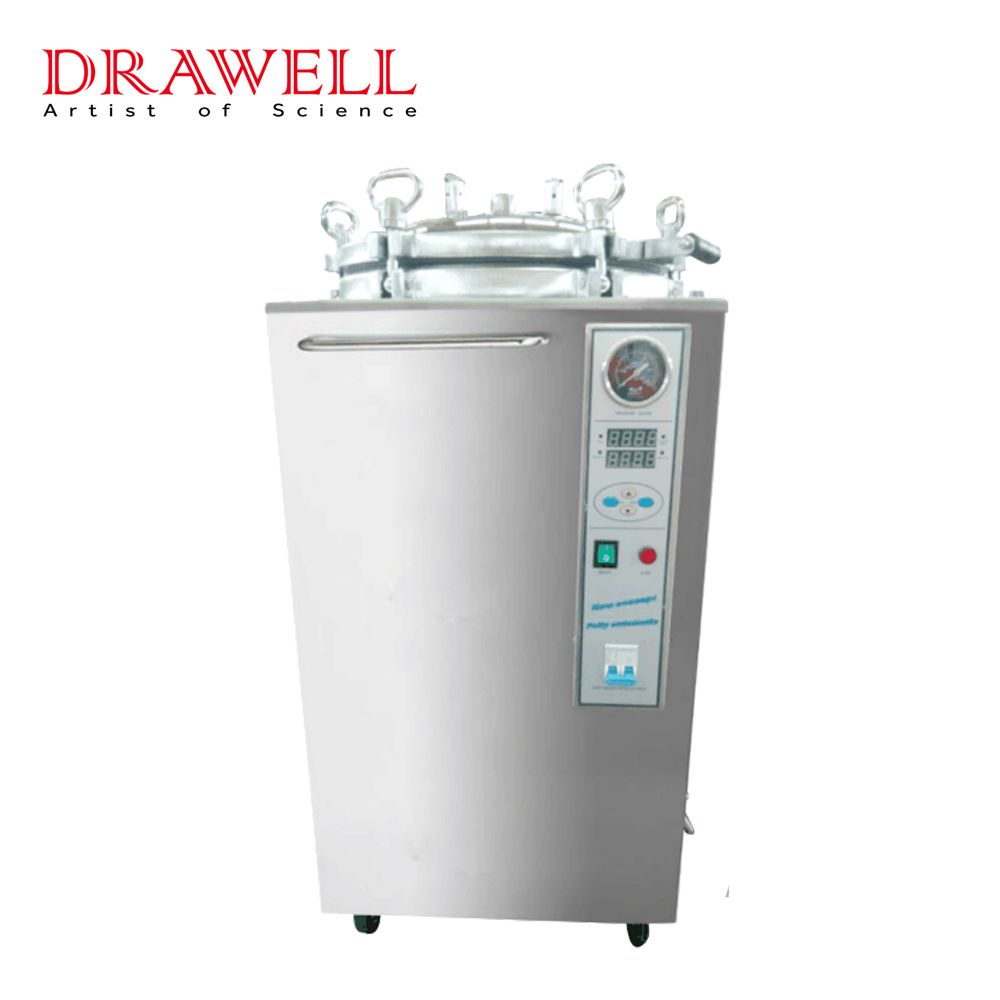
Cooling and Unloading Properly for Effectively Using An Autoclave
The autoclave enters a cooling phase when the sterilization cycle is completed. It is critical to follow proper cooling and unloading processes when using an autoclave.
Wait for the Cooling Phase to Complete:
a.When the sterilization cycle is complete, the autoclave control screen will indicate that the cooling phase has begun.
b.The cooling phase allows the temperature of the chamber and the materials inside to progressively fall.
c. Stick to the cooling time advised by the manufacturer or standards.
Open the Autoclave Chamber Safely:
a.Before opening the autoclave chamber, make sure the pressure inside is safe.
b.Confirm that the pressure gauge on the control panel has lowered to an acceptable level.
c. Some autoclaves may feature extra indicators or alarms to indicate when the chamber is safe to open.
Use Personal Protective Equipment (PPE):
a.Before handling hot materials, put on proper personal safety equipment, such as heat-resistant gloves and eyewear.
b.The contents within the autoclave may still be hot, and PPE might assist prevent burns or injury.
Remove Sterilized Materials:
a.Carefully open the autoclave chamber door, taking care not to cause any rapid pressure changes.
b.Remove the sterilized materials from the chamber slowly and carefully.
c. Arrange the materials on a suitable surface or tray, taking care not to come into contact with any residual heat.
Handling Sterilized Materials:
a.After removing the materials from the autoclave, allow them to cool further, if necessary, before further processing or use.
b.According to the nature and planned application of the sterilized materials, follow suitable methods for handling them.
c. Dispose of any packaging or wrapping used during the sterilization process, adhering to proper waste management guidelines.
Cleaning the Autoclave:
a.After unloading the contents, if necessary, clean the autoclave chamber, trays, and racks to eliminate any residue or debris.
b.Use specified cleaning products or disinfectants and follow the manufacturer’s cleaning instructions.
Summary
Autoclaves play a vital role in ensuring the safety and sterility of materials across a range of industries. By following this comprehensive guide, you can effectively and safely use an autoclave to achieve optimal sterilization results. With proper understanding and adherence to best practices of an autoclave, you can get reliable sterilization outcomes.

